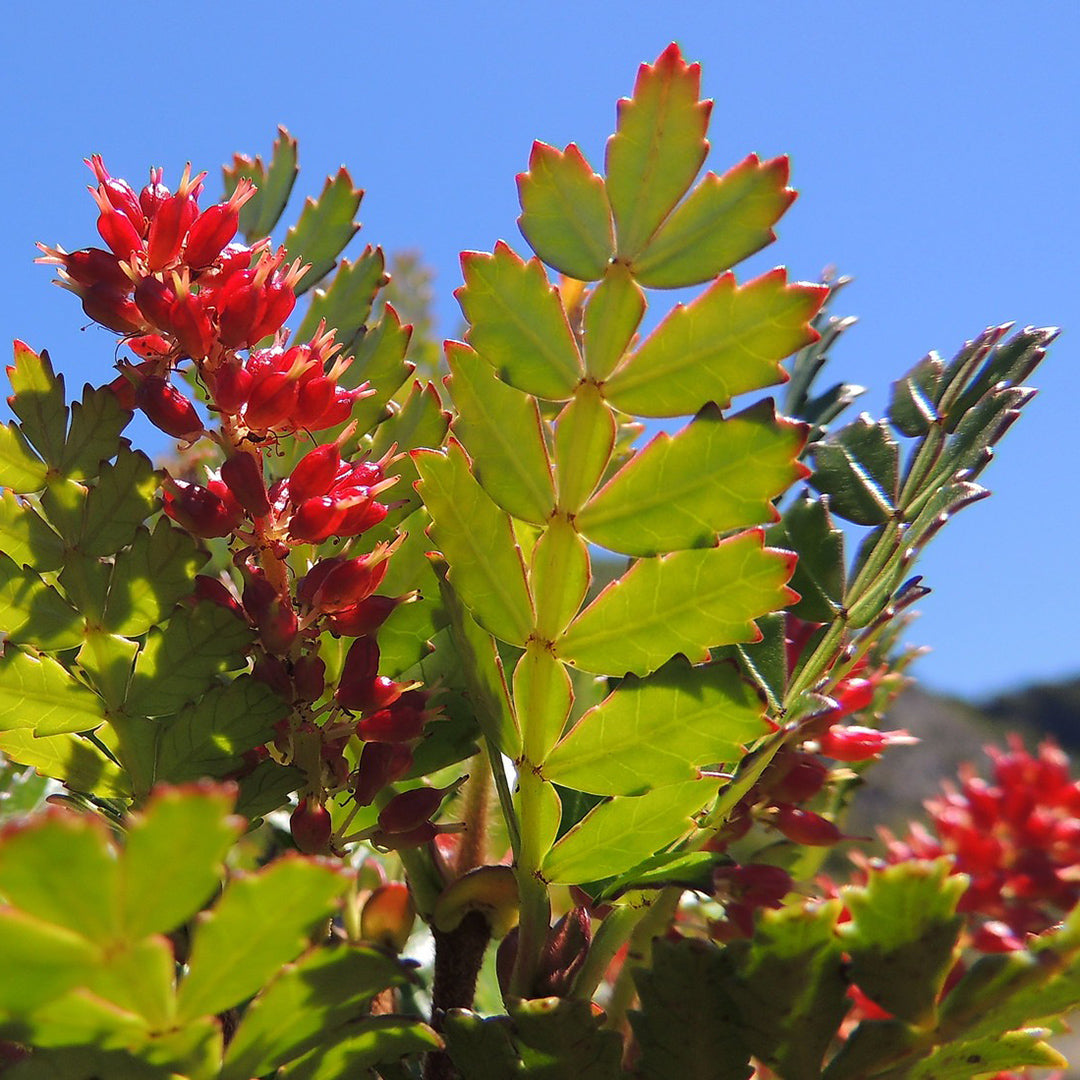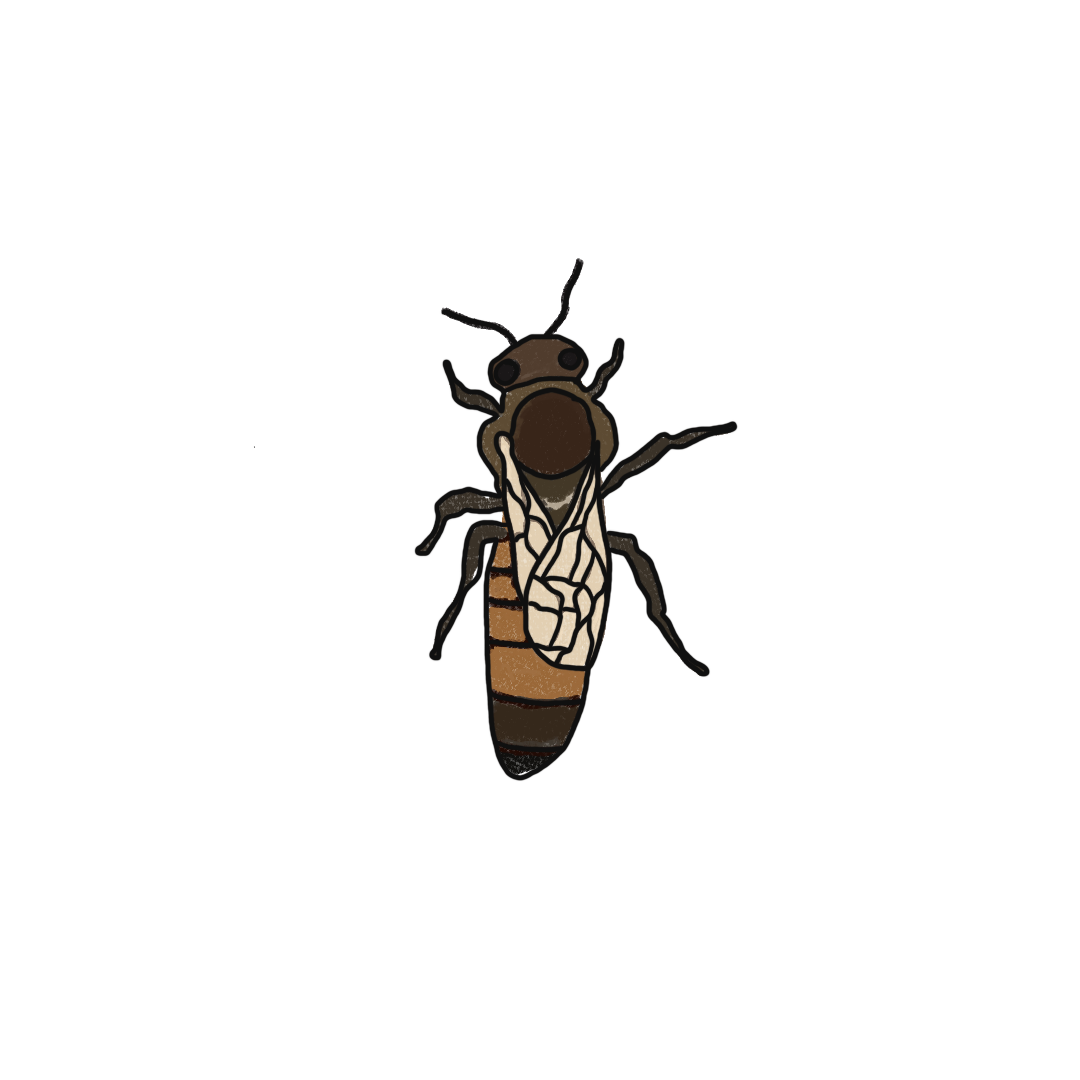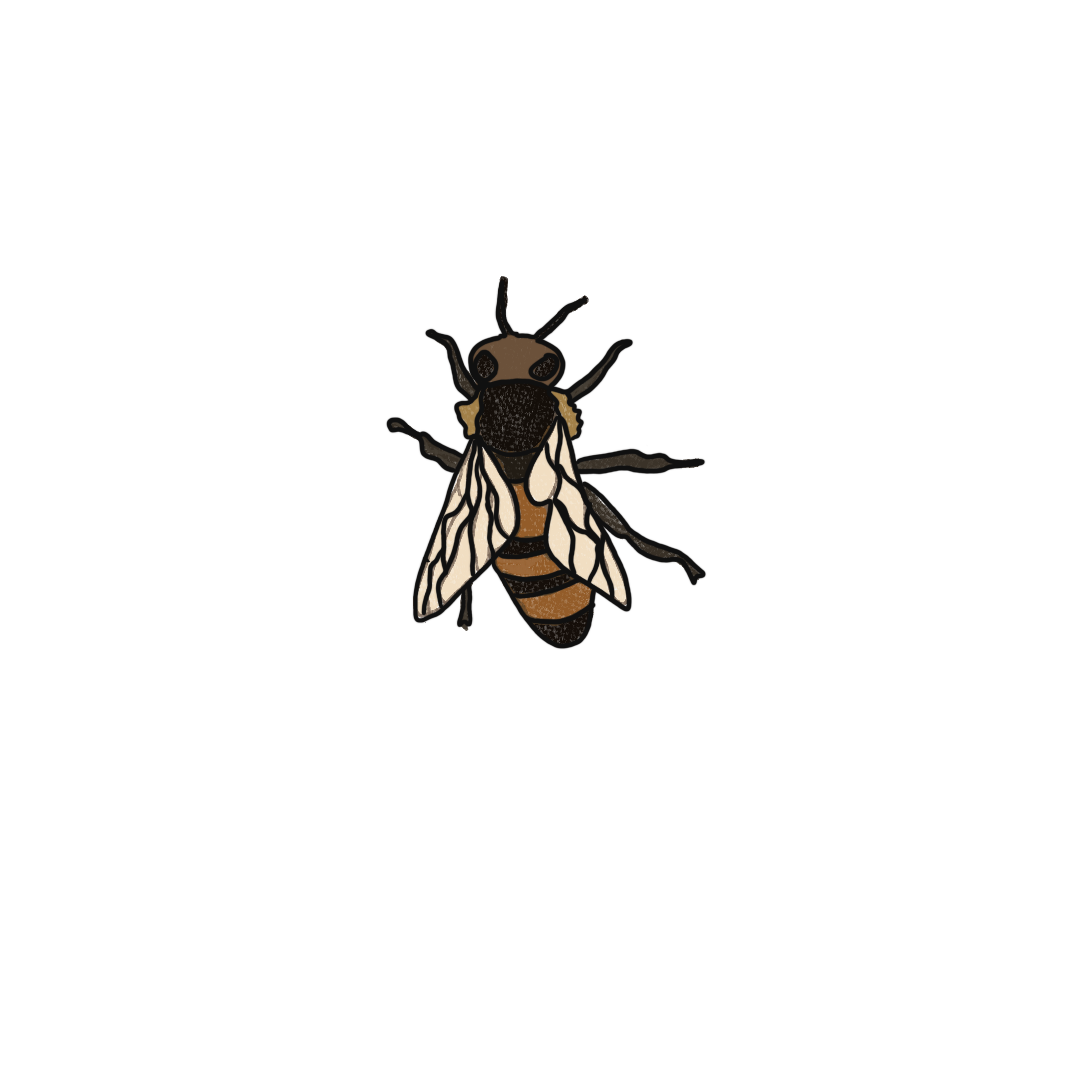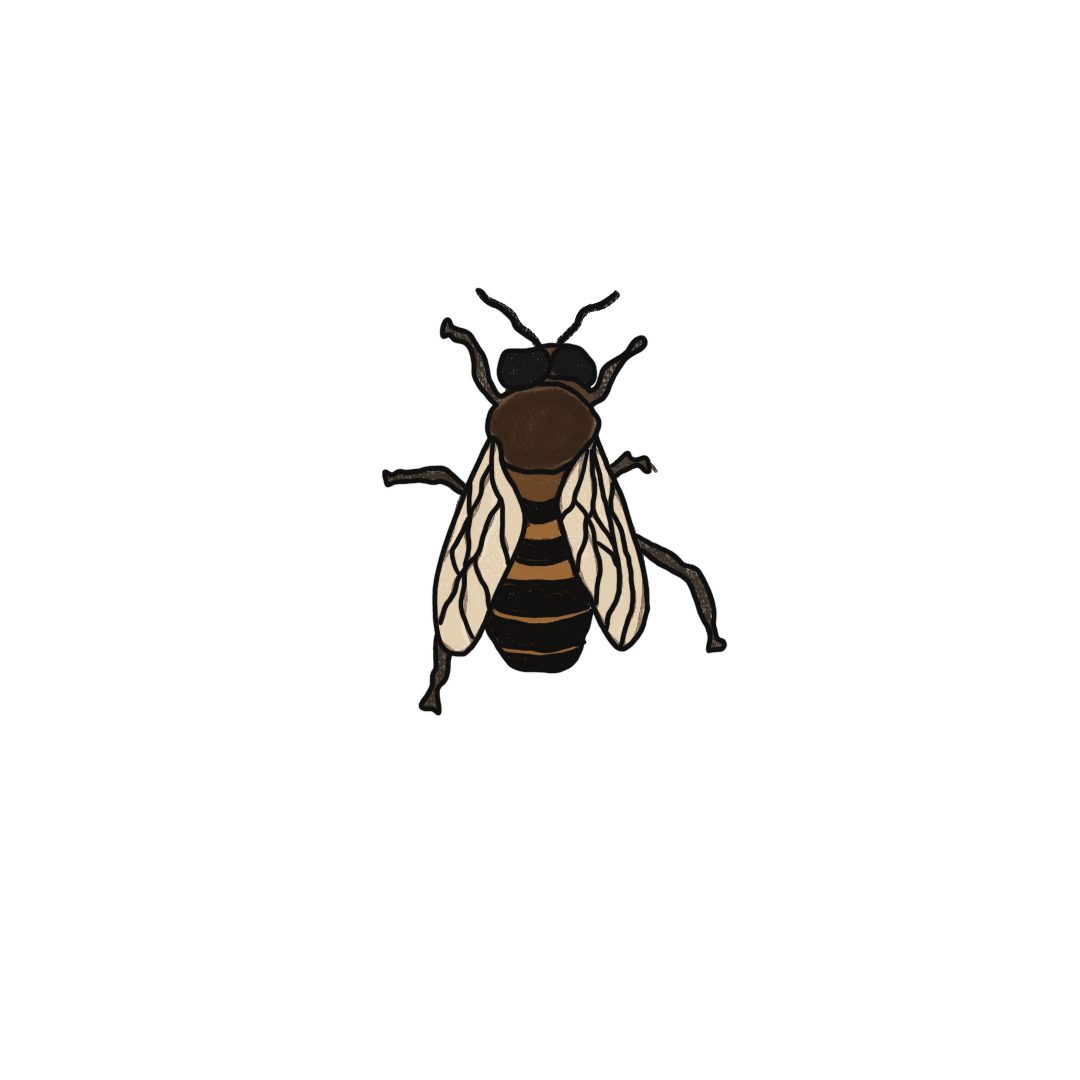
POSITION OF A BODY
In Physics, potential energy is the capacity of bodies to perform work, depending on their configuration in a system of bodies that exert forces on each other.

Potential energy is what accumulates when the car is raised with an external force that pushes it until it reaches a certain height.
Nectar
The nectar of the Tineo or Palo Santo tree is divine. The honey has a deep amber color when liquid, and when crystallized, it takes on a hue of sunlight. This highly prized elixir is worshipped by ancient cultures for its healing properties and energetic purification.
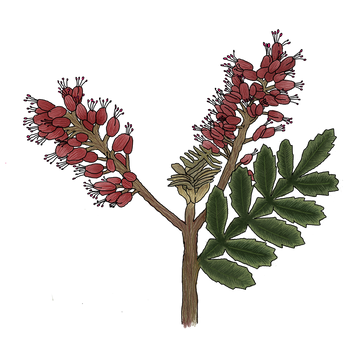
TINEO / Weinmannia trichosperma
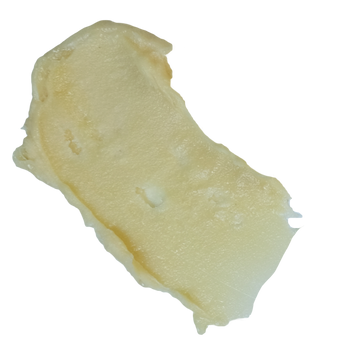
Tineo honey
The Tineo honey produced in El Cabrito contains 72% monofloral nectar from the Tineo tree, a tree with healing medicinal properties.
It is rich in antioxidants which helps protect the body's cells from damage caused by free radicals.
CHOOSE YOUR BEE
BOTANY
The tineo , tenío or palo santo ( Weinmannia trichosperma ) is a botanical species of evergreen tree in the Cunoniaceae family, it is endemic to humid forested areas of the Chilean and Argentinean mountains: 35 ° to 47 ° lat. S, in Chile it grows from the province of Talca (VII region) to the Taitao peninsula (XI region).
It can grow up to 30 m tall and 1 m in diameter. It has a straight trunk with grey, fissured bark used to extract tannin. The opposite compound leaves are very shiny on the upper surface and glaucous green on the underside. They are odd-pinnate and leathery. Each leaflet has triangular wings, giving each pair a rhomboid outline. The leaf base has two deciduous stipules. The blade is 2-8 x 2-4 cm, and the leaflets are 0.6-1.6 x 0.6-1 cm, serrated. The foliage grows sparsely and broadly.
The flowers are hermaphrodite, white, and in clusters. The calyx has 4-5 imbricated sepals; the corolla has 3-5 petals; the androecium has 8-10 stamens; the gynoecium has a superior ovary and two styles of white stigmas.
The fruit is a leathery, bipartite, obovate capsule, turning a showy dark red in autumn, 6-9 x 2 mm, opening in the middle, between the styles. Seeds are ellipsoid, light brown, with scattered white hairs, small 1 x 0.6 mm.
